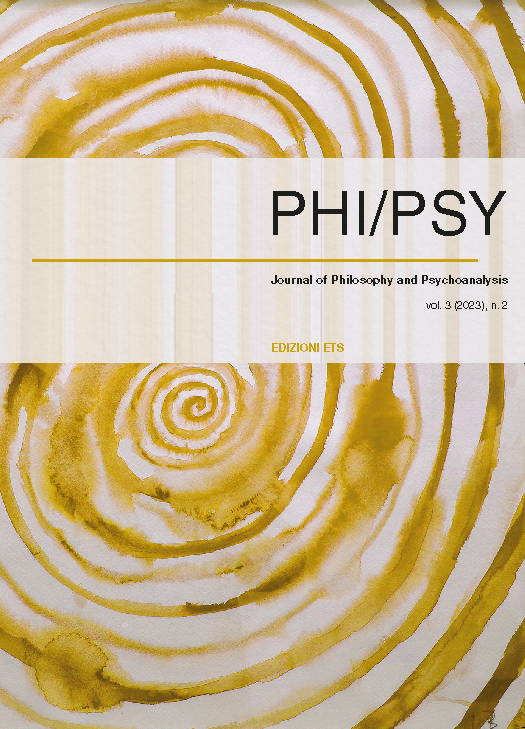Sleeping awake
DOI:
https://doi.org/10.4454/phi-psy.v3i2.867Keywords:
awareness, unconscious, dream, interpretation, narrative, real, meaning, singularityAbstract
The author argues that we are in the “age of awareness”, which for human beings has increased with Freud's discovery of the unconscious. We are too immersed in knowledge and “reality”. Faced with this condition, psychoanalysis gives two different orientations: one that proposes the dream as a possible alternative of meaning, the other that proposes the “real” as an impossible reduction to the meaning. With regard to the dream, from the Traumdeutung Freud distinguished two modes of interpretation, a “symbolic” one, which he considered non-analytical, and a “fragmented” one, which he considered psychoanalytic. The first achieves a total replacement of the dream story, often confused and incomprehensible, with another clearer and more comprehensible story. The second refuses to consider the dream in its totality, en masse, and considers it en détail. According to the author, this last modality allows the analyst in his practice not to push patients towards an escape in the narrative and to make them retreat in the face of the radical otherness that inhabits them and what uniquely singularizes them.
Published
Issue
Section
License
Copyrights are transferred for five years starting publication date from the author(s) to the Publisher. After this period, the content is released under a Creative Commons license (Attribution-ShareAlike 4.0 International).

